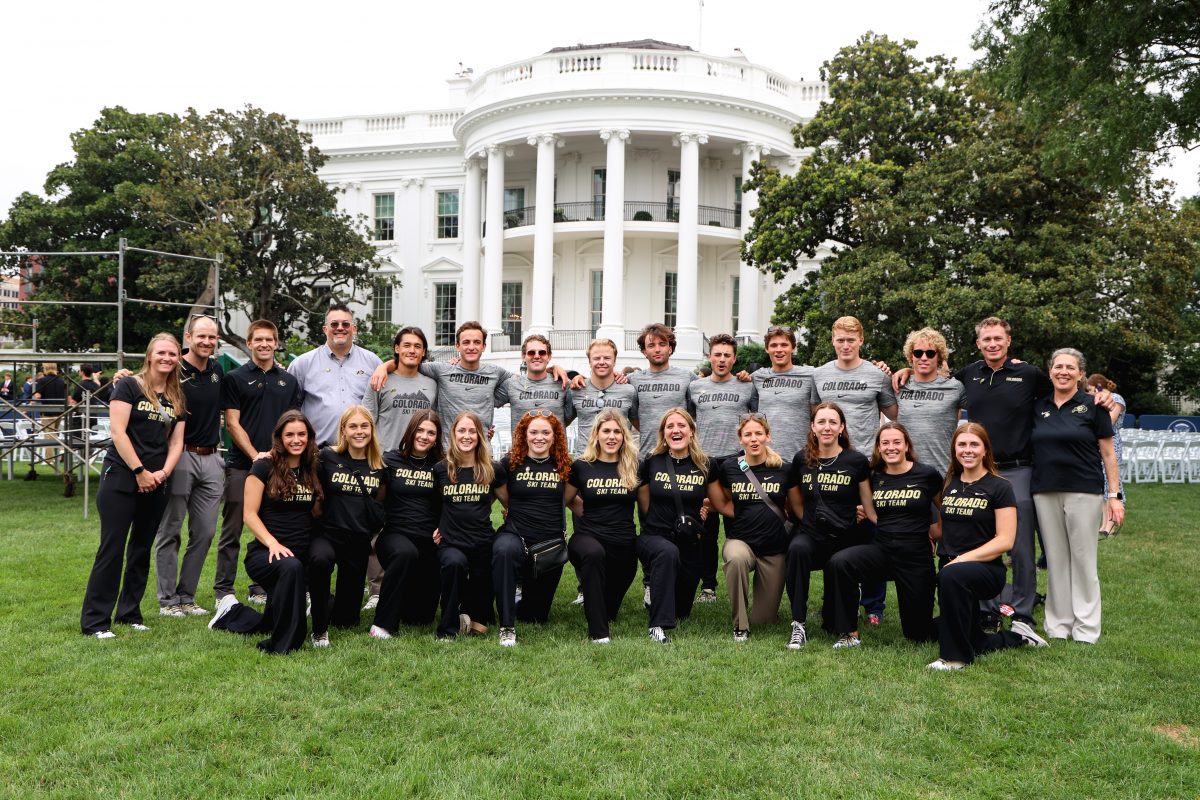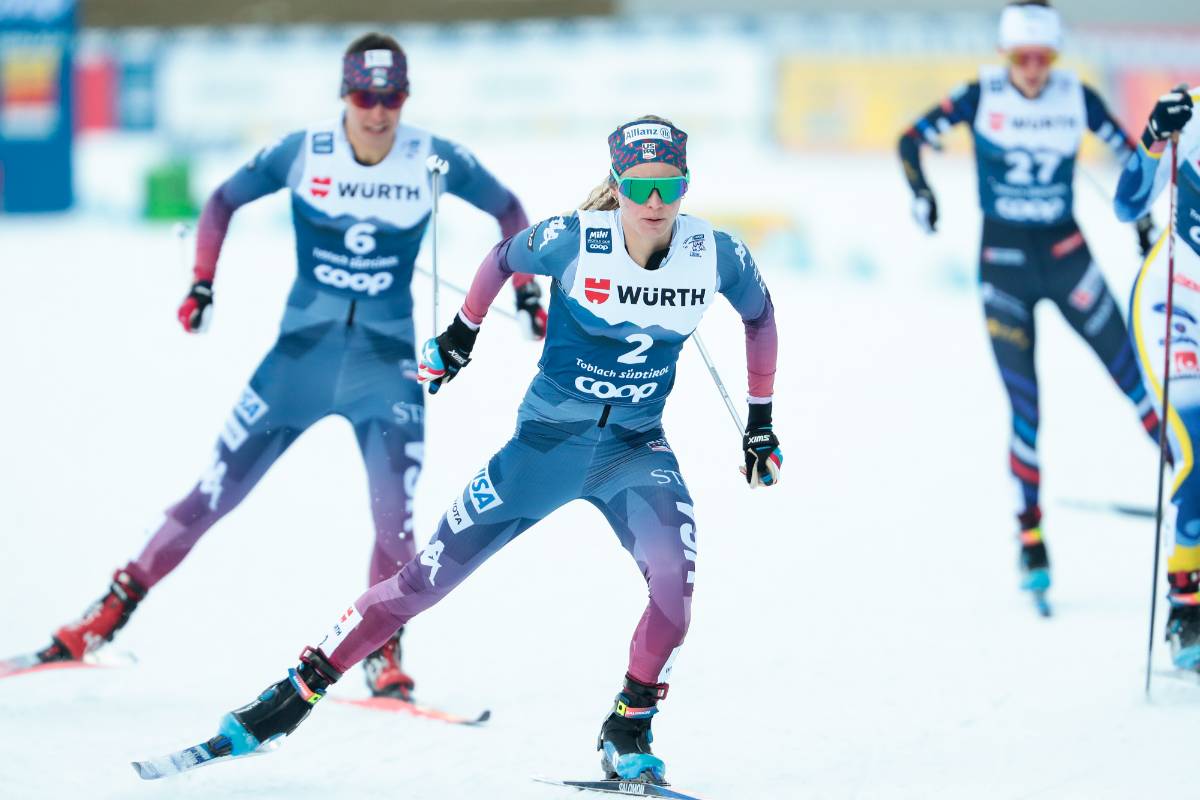Editor's Note: We received a number of emails in response to the East vs. West article we posted a week ago ( http://www.fasterskier.com/racing.php?id=1210 ). As a number of readers pointed out, there are other collegiate skiing options besides NCAA colleges in the East and West. Here are a few of the responses we received.
Kevin Sweeney, University of Utah coach:
I would like to thank both Josh and Marshall for providing insight to selecting a college or university either in the West or East. There are some great programs out there and it is certainly a wonderful experience to combine collegiate athletics and academics! One note to Marshall is that the University of Utah is ranked in the top 20 according to US News and World report. This is something we are very proud of, as is our academic record and quality of education. Like you Marshall, and I would believe at any NCAA school where ski racing is occuring, the student athletes are spending crazy amounts of time staying on top of and usually ahead of the academic game. We are all studying late after Sunday OD workouts, taking exams on the road and studying for exams while the NCAA championships. Thanks for pointing out that in fact, it is a real commitment on behalf of all the coaches, the athletes and school administrators for us all to have a rewarding experience in collegiate ski racing. [Kudos] to you all! In regards to the weather, toughness issue and conditions, thanks for bringing that to the forefont! I'd take the blue extra day and crusing up the “big” hills! Hope everyone is training well. Sincerely, Kevin Sweeney
Jesse Crandall, St. Paul, MN:
You recently posted a nicely written perspective of two collegiate skier's experience. However, you failed to include the third, very important segment of the collegiate skiing circuit, The Central. Minnesota schools, a Wisconsin school, Michigan schools and Alaska Fairbanks have talented student athletes who represent their region well. The Central is home to some of the most talented American Collegiate skiers in the country and they have shown this at NCAA Nationals over the years. In the Central, we ski on great snow from the middle of November to the middle of April. Please don't forget about the largest cross country ski market in North America!
I've put together a some data to show that none of the regions should be excluded from the decision making process. This is info taken from the NCAA Website regarding the NCAA Skiing Championships results:
Last year there were 8 schools participating in each of the 3 regional championships. As for the results, I added up the number of top 10 finishes for each region for last year and for the past 4 years.Â
2004 Male Top Tens:Â East: 5, Central: 1, West: 14
2004 Female Top Tens: East: 0,  Central: 4, West 16
01-04 Male Top Tens: East: 16, Central: 11, West: 53
01-04 Female Top Tens:Â East: 3, Central: 19, West: 57
Total participants: Men: 39, Women: 39. The 2004 regional representation is pretty close to what has been done for the past 4 years so here is another way to look at the impact that each region has on the championships averaged over the last 4 years. Â
For the Men over the last 4 years:
The East sends 12, the Central sends 6 and the West sends 21. With 31% of the field, the East earned 20% of the top ten. With 15% of the field, the Central earned 14% of the top ten.  With 54% of the field, the West earned 66% of the top ten.
For the Women of the last 4 years:
The East sends 10, the Central sends 8 and the West sends 21. With 26% of the field, the East earned 5% of the top ten. With 21% of the field, the Central earned 24% of the top ten. WIth 54% of the field, the West earned 71% of the top ten.
There are of course other factors to look at when deciding on a college for skiing other than the quality of competition and representation at NCAA nationals. As a 4 year member of a ski team in the Central Region, I experienced some of the best courses, conditions and competition in college skiing. The Central region boasts ski teams from schools in urban and rural areas, schools with strong religious ties, schools that offer athletic scholarships, co-educational as well as single sex institutions, top notch engineering and liberal arts schools not to mention a wide variety of terrain, lots of snow and good grooming.
Thanks for the chance to show the importance of all 3 of the collegiate regions that make up the NCAA skiing family in the US.
Jesse Crandall
Ben Dubay:
I find it extremely unfair to not include the central region in the battle of east vs. west. We have some of the best American skiers in the United States. Look at the US Ski Team and the Development team. Most of those members are from the midwest. Even Luke Bodensteiner is from Wisconsin. Chris Cook won NCAAs a year ago. Lindsey Weir and Lindsay Williams both are ranked in the top 10 in the country. Weir has made an olympic team, AS A HIGH SCHOOLER!! That is something that neither the east or west has done. So what if the west has won NCAAs for the past 10 years, I don't feel that they could have done it without heavily recruiting so many foreigners. I feel that the Midwest represents AMERICAN skiing at its finest. This is a region that is often overlooked as far as skiing quality. There are many good trails here to ski, you just have to find them. Hopefully the next time FasterSkier.com decides to post something it will be a little less biased and more informative.



